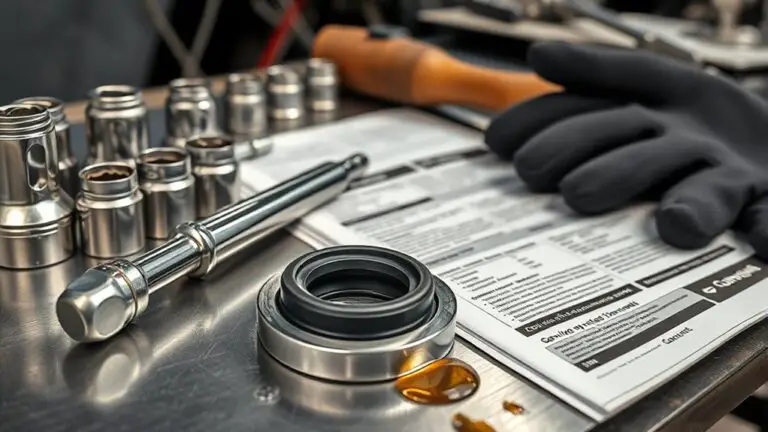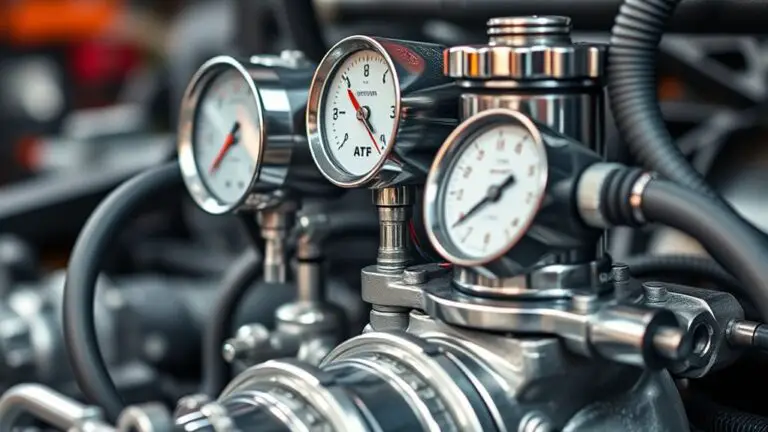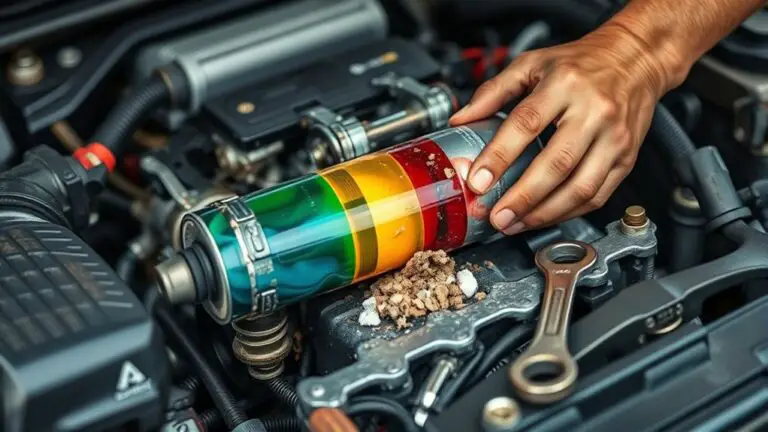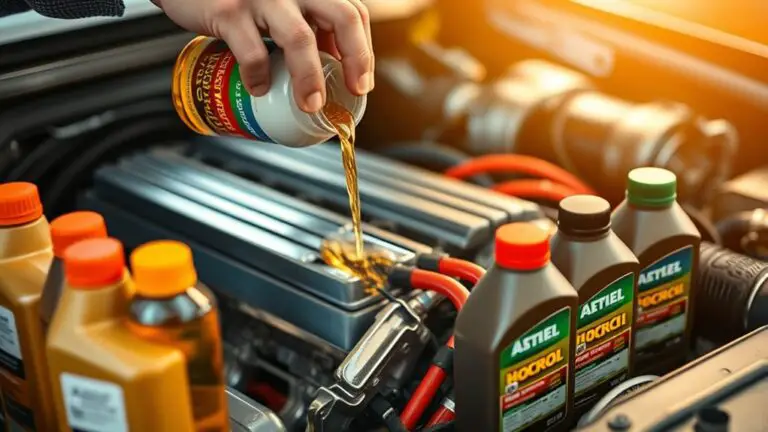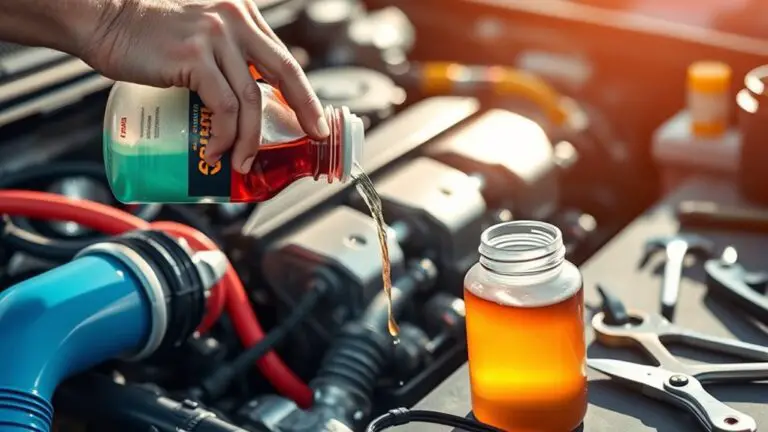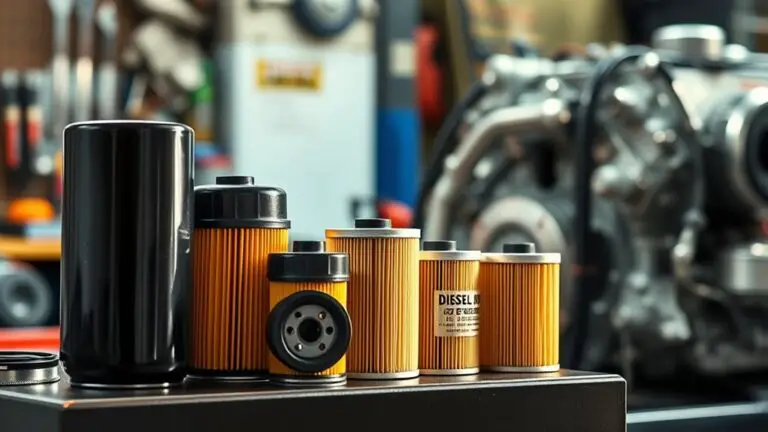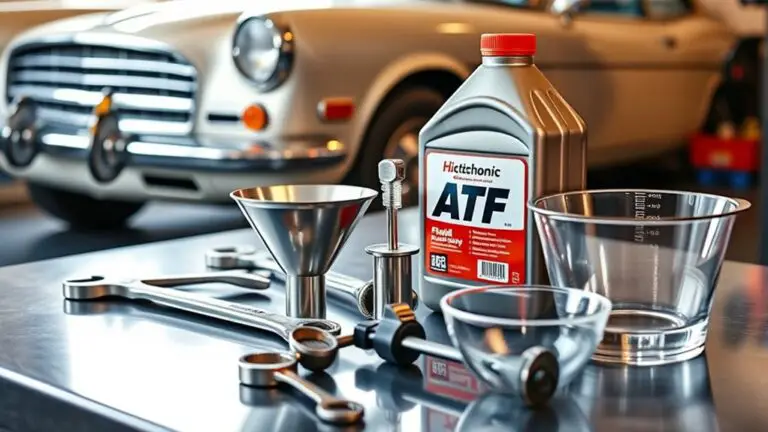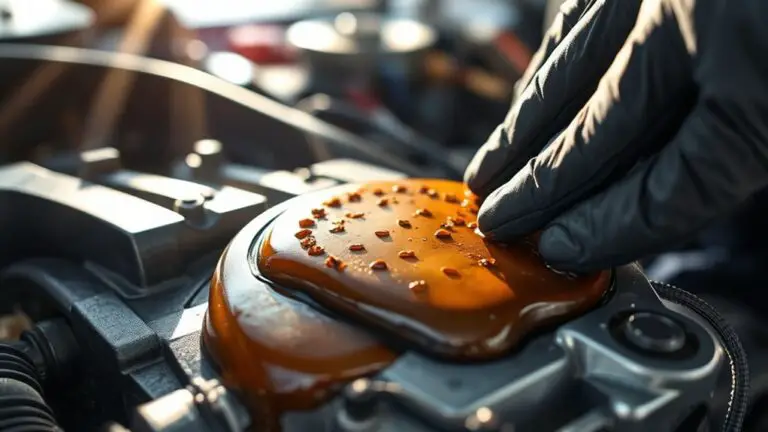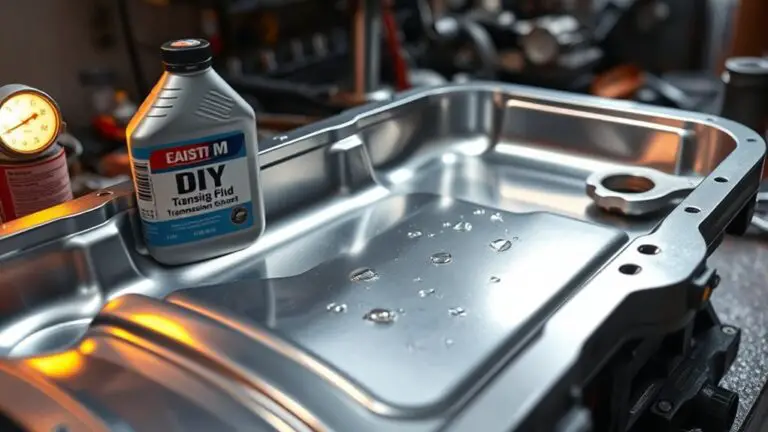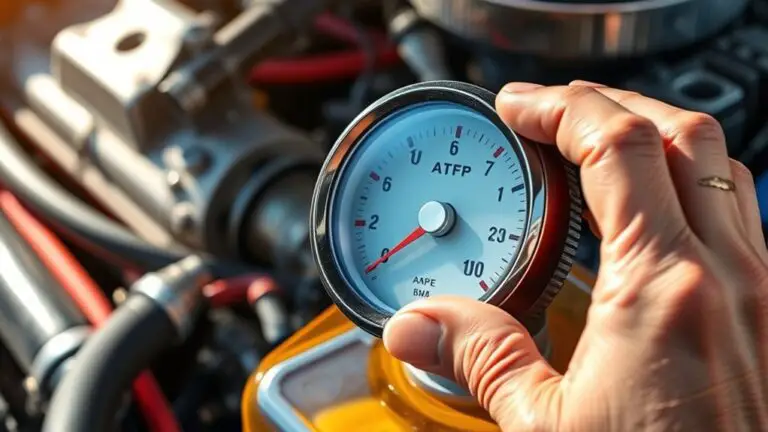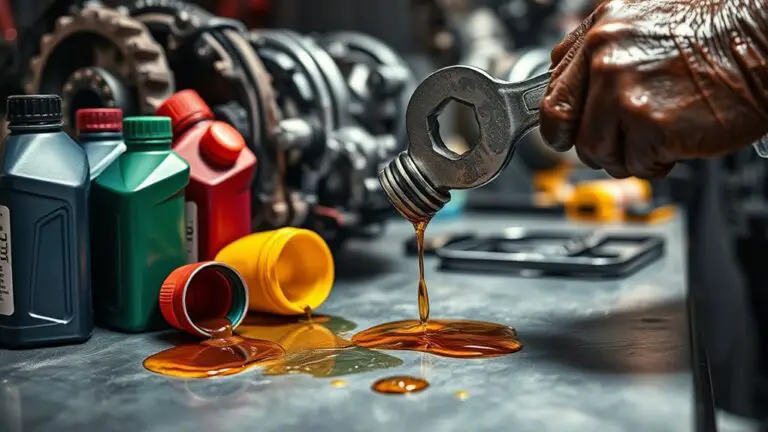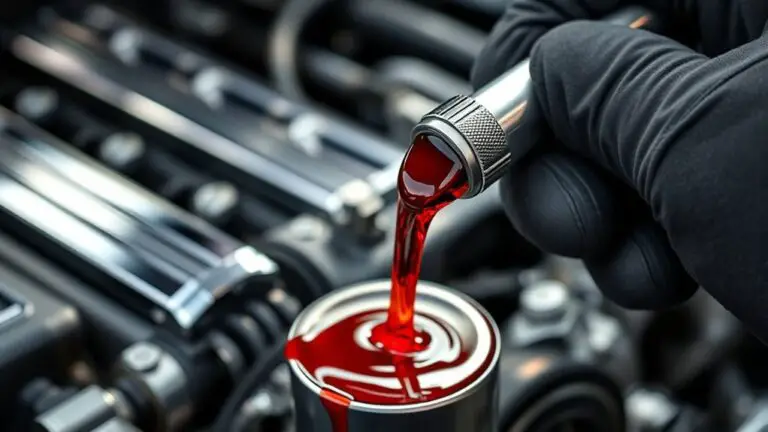Tools You Need to Service Sump Plug Seal at Home
You’ll want a practical toolkit to service a sump plug seal at home. Gather inspection tools, wrenches and a torque wrench, plus a ratchet and sockets for awkward access. Keep sealants, gaskets, and a replacement plug on hand, and use degreaser and biodegradable cleaners for grime. Lubricants and anti-seize help with threads, while marking tools…

